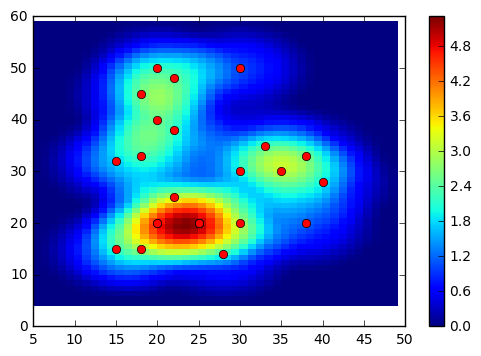A lot is happening in the world of Python. Support for Python 2 is ending, more and more companies are referencing Python in job descriptions and it continues to gain new libraries and more support.
Since there is so much changing so fast, we got some of our favorite articles. We hope they help you on your Python programming journey.
Python 2 EOL: How to survive the end of Python 2
Python 2 support ends in 2020. Here’s what you can do if you’re stuck with Python 2 in what is fast becoming a Python 3 world
On January 1, 2020, the 2.x branch of the Python programming language will no longer be supported by its creators, the Python Software Foundation.
What do companies expect from Python devs in 2019?

What skills do I need to succeed as a Python dev in 2019?
Jointly with our team, we took 300 job specs for Python developers, scrapped from StackOverflow, AngelList, LinkedIn, and some fast-growing tech companies worldwide.
Asynchronous Programming in Python: A Walkthrough
When we talk about program execution, “asynchronous” means that the program doesn’t wait for a particular process to complete, but carries on regardless.
Buggy Python Code: The 10 Most Common Mistakes That Python Developers Make
By Martin Chikilian
Python’s simple, easy-to-learn syntax can mislead Python developers — especially those who are newer to the language — into missing some of its subtleties and underestimating the power of the diverse Python language.
Creating Heatmap From Scratch in Python

Heatmap is frequently used to visualize event occurrence or density. There are some Python libraries or GIS software/tool that can be used to create a heatmap like QGIS, ArcGIS, Google Table Fusion, etc. Unfortunately, this post won’t discussed how to create a heatmap using those software/tool, but more than that, we will write our own code to create a heatmap in Python 3 from scratch using Python common library.
The algorithm which will be used to create a heatmap in Python is Kernel Density Estimation (KDE). Please refer to this post (QGIS Heatmap Using KDE Explained) to get more explanation about KDE and another post (Heatmap Calculation Tutorial) which give an example how to calculate intensity for a point from a reference point using KDE.
How to build your own Neural Network from scratch in Python
By James Loy
What’s a Neural Network?
Most introductory texts to Neural Networks brings up brain analogies when describing them. Without delving into brain analogies, I find it easier to simply describe Neural Networks as a mathematical function that maps a given input to a desired output.
Neural Networks consist of the following components

What exactly can you do with Python? Here are Python’s 3 main applications.
“What exactly can I use Python for?”
Well that’s a tricky question to answer, because there are so many applications for Python.
Python programming language gets speed boost from latest PyPy interpreter
By Nick Heath
Good news for Python developers, thanks to a new release of the already speedy PyPy interpreter that promises to be the fastest version yet.
If you’re programming using Python then an important choice is whether to run your code using the main CPython interpreter or an alternative such as PyPy, with each option having pros and cons.
How to collect, customize, and centralize Python logs
By Emily Chang and Nils Bunge
Python’s logging module basics
The logging module is included in Python’s standard library, which means that you can start using it without installing anything. The logging module’s basicConfig() method is the quickest way to configure the desired behavior of your logger.
Three of the main parameters of basicConfig() are:
#python #data-science #machine-learning
